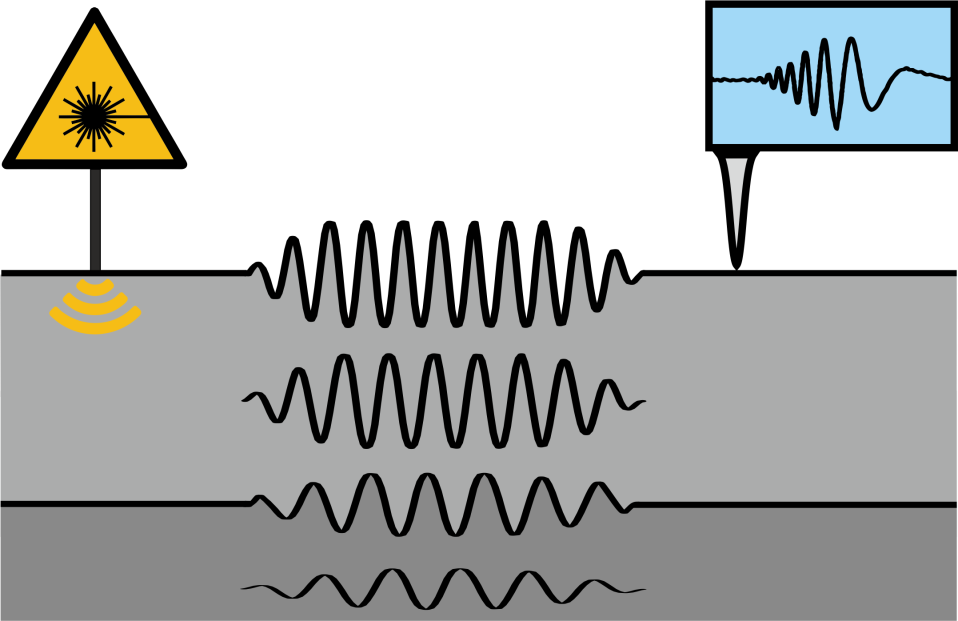Water contaminant detection is a cutting-edge area of focus at Fraunhofer USA CMW, where we are developing advanced technologies to address the growing challenge of pollutants like PFAS in water systems. Our innovative approach integrates advanced and novel analytical methods to enable sustainable and high-performance detection and destruction of contaminants.
One of our key projects, funded by the Water Research Foundation (WRF), involves the development of microfluidic cells for rapid PFAS analysis and destruction, combined with ion chromatography for precise contaminant identification. Additionally, we are utilizing novel photolysis technologies to achieve rapid quantification of PFAS in water, offering a potential alternative to traditional combustion-based methods. By integrating these solutions, we are working toward scalable systems for industrial, agricultural, and municipal water treatment applications. Our research is conducted in collaboration with leading academic institutions and industry partners including Shimadzu Scientific Instruments Inc., ensuring practical and impactful advancements in water quality monitoring.
➜ Water Treatment
 Fraunhofer USA Center Midwest CMW
Fraunhofer USA Center Midwest CMW